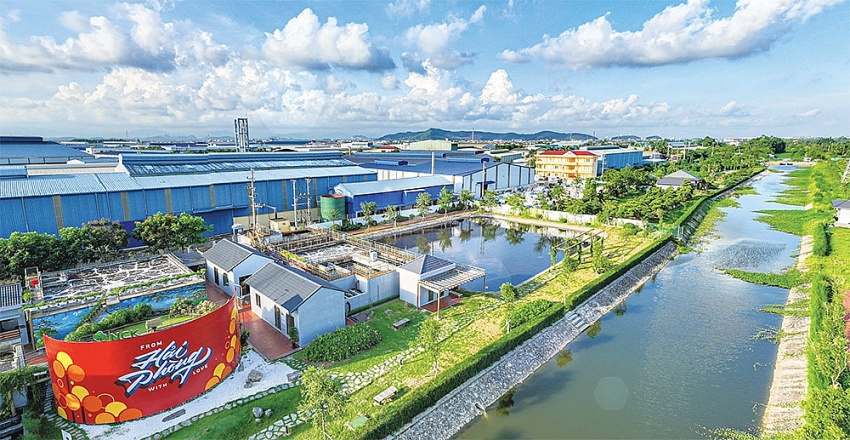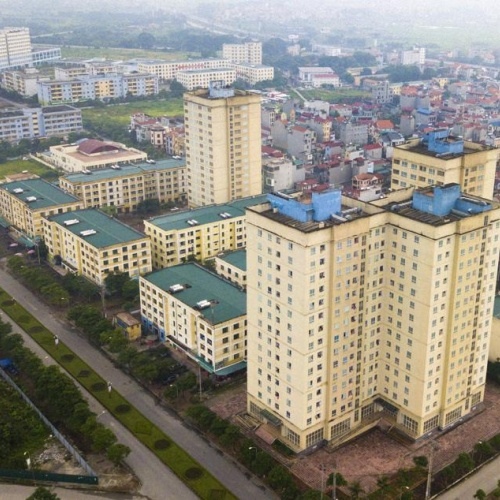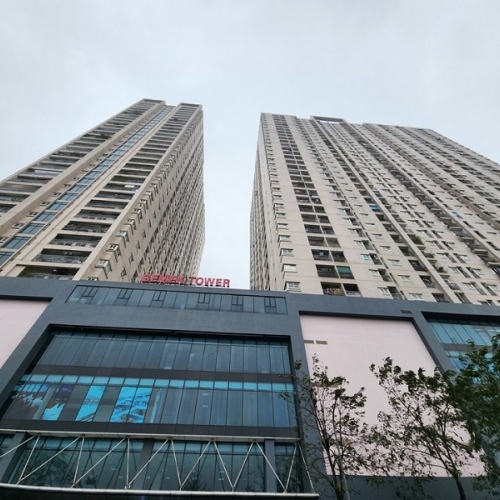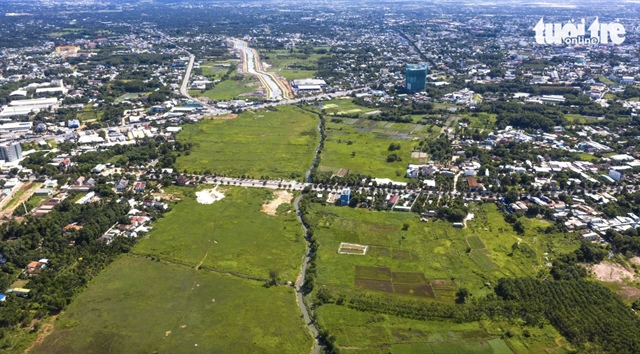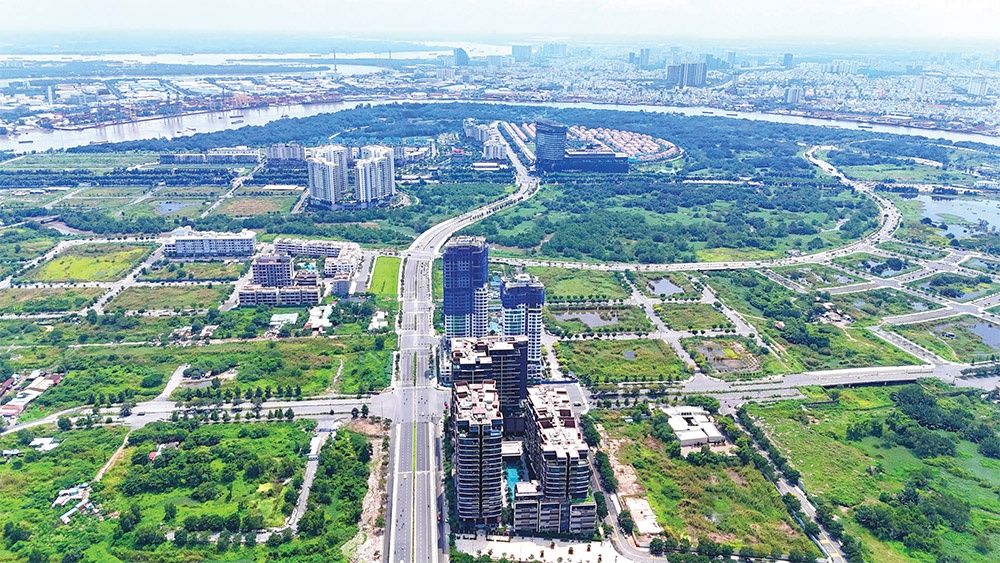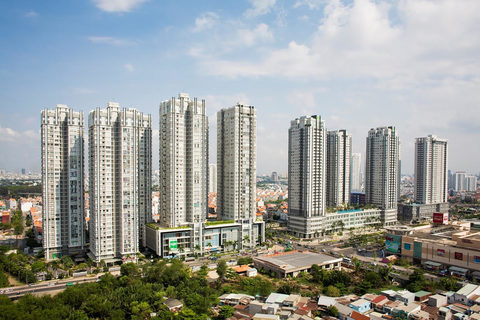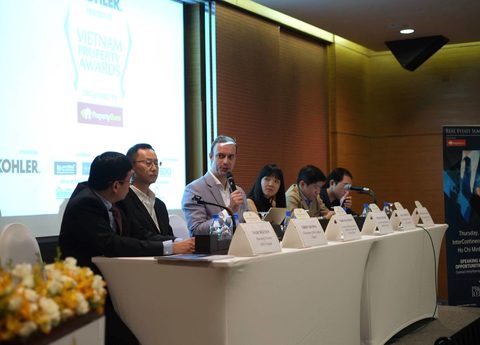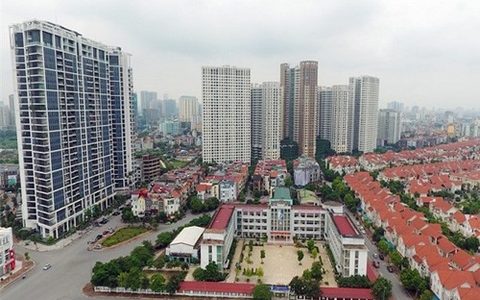Knock-on effects of Can Gio growth
Knock-on effects of Can Gio growth
An influx of transport and real estate projects planned for Can Gio has created a land fever in this island district. Alongside with expectations of what the turnaround could do for one of poorest areas in Ho Chi Minh City, many experts have raised concerns about the environmental threats that come with such a development. Gia Huy reports.
The arrival of capital
Can Gio is an island district southeast of Ho Chi Minh City, about 50 kilometres away from the city centre. This is the only district of Ho Chi Minh City that touches the East Sea, and the surrounding river and stream system is populated by a vast mangrove forest – one of the most distinct hallmarks of a diversified ecosystem consisting of a wide variety of flora and fauna endemic to coastal Vietnam.
In 2011, the city’s management authorities inaugurated the 31km-long Sac Forest road at a total investment capital sum of VND1.56 trillion ($71 million), stretching from the Binh Khanh ferry-landing to the district centre.
The Can Gio real estate market began to warm up in late 2016, after the completion of the 5.8km-long Binh Khanh Bridge which connects Nha Be and Can Gio districts. This is the first bridge linking Can Gio to Ho Chi Minh City’s centre, which should help bolster tourism and entertainment activities in Can Gio’s seaside areas.
Early last month, the Ho Chi Minh City People’s Committee approved a plan to build Can Gio Bridge, which will replace the Binh Khanh ferry-landing. The 40m-wide, six-lane bridge will have a 5.8km-long approach road, with a speed limit of 60km/hour. The total investment capital for this project sits at around VND5.3 trillion ($241 million).
After the plan was made public, a string of real estate development plans were announced. On April 10, Chairman of the Ho Chi Minh City People’s Committee Nguyen Thanh Phong gave a nod to the Can Tho Urban Tourism JSC, the project’s developer, to increase the land area of Can Gio tourism and urban complex from 1,080 to 2,870 hectares. The project received approval for its investment proposal 17 years ago, at an initial area of 600ha. It then incurred delays due to a variety of factors, and now the project is accelerating its pace alongside the expansion of its scope.
Nguyen Thanh Nha, director of the Ho Chi Minh City Department of Planning and Architecture (DPA), said that Can Gio has received many proposals for building resorts and modern trade centres in the district.
In the future, investors might also build a casino in the district to serve visitors. DPA is reviewing the district planning and the projects which are in progress or set to commence construction to report to the prime minister early next year.
Ho Chi Minh City-based real estate developers have recently begun to seek investment opportunities in Can Gio.
“When Can Gio Bridge’s construction is finalised, the district will turn into a resort property hot spot. Many other investors will also flock there for project development,” said Nguyen Van Hau, general director of realty firm Asian Holding Real Estate JSC.
Real estate projects in the district saw their prices ascend sharply in the past weeks, as many secondary investors flocked there to hoard land for speculative purposes. The transaction price has reportedly increased week after week since early April, after the news on the construction of Can Gio Bridge was released.
One square metre of residential land in an area next to Sac Forest Square fetched VND2.5 million ($113) in early April. By mid-April, that same plot went for VND3.5 million ($159) per sq.m.
“The land price rose the most in coastal areas, which currently average VND13 million ($590) per sq.m. Meanwhile it stood at only about VND10 million ($454) per sq.m last year,” said Nguyen Van Cuong, a local real estate investor.
“These inflated prices are driven by speculative investors. The actual price is much softer, at about VND8 million ($363) per sq.m,” he added.
Preserving Can Gio’s ecosystem
To experts, the market’s recent movements act as a warning sign. The commitment of Ho Chi Minh City leaders to turn Can Gio into a tourism hub has long been known, but the recent ascendant land prices are an aberration. Going on little more than rumour, the land prices are rising day by day.
“Without prudence, the real estate market might backslide as it did in 2008, and these inflated land areas might turn into deserted land areas,” said Tran Khanh Quang, a real estate consultant.
According to Deputy Chairman of the Can Gio District People’s Committee Truong Tien Trien, the district is home to an important biosphere reserve zone which covers 33,000 square kilometres, nearly half of the district’s overall area. If too many investors head there, the land price will increase and the general planning will be disrupted, negatively affecting forested areas as well as the local ecosystem.
A source from the Ho Chi Minh City Real Estate Association said that the Can Gio Bridge construction has yet to be officially approved, and most property developers have just studied investment plans in the district. The source cautioned that claims of Can Gio quickly becoming a tourism hub are unrealistic, and only facilitate speculation in the area.
Architect Nguyen Van Hung, director of Green Architecture Company, said that besides being a biosphere reserve site, Can Gio is a strategic location for national defense, which adds one additional wrinkle to the planning forecast. Any megaprojects developed in the district must carefully consider their effect on Ho Chi Minh City’s buffer zone planning.


